
Water Lilies 1906 Claude Handpainted Oil Painting, Impressionist Painting for sale by
Nympheas or Water Lilies is a series of paintings by Claude Monet that he painted from late 1800s to 1920s. Monet painted his Japanese flower garden from his home in Giverny, France where he lived for the last thirty years of his life, into 250 paintings of the series.

ART & ARTISTS Claude part 24 1897 1922 Water Lilies
Water Lilies, series of some 250 oil paintings that were created by French Impressionist artist Claude Monet from the late 1890s to his death in 1926 and were focused on the water lily pond in his garden. As Vincent van Gogh is associated in the public consciousness with sunflowers, Monet's name is inextricably linked with water lilies.
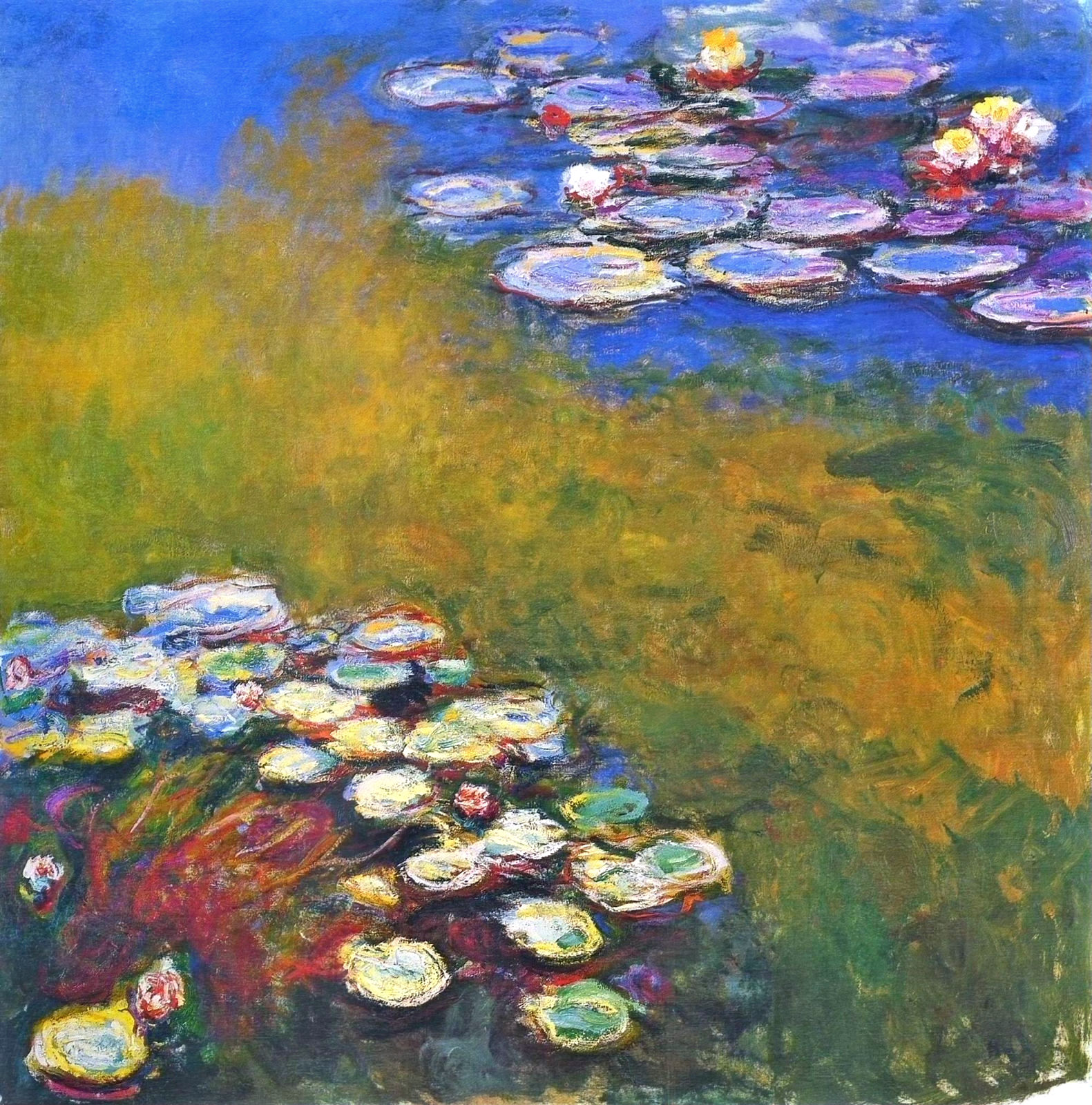
Water Lilies, 1914 1917 Claude
Monet began work in 1883 in the small village of Giverny down stream on the Seine from Paris. Then in 1893 he bought the land in front of his home and built a Japanese style garden in the space. Monet used a small stream that ran through his property to build a huge pond which he filled with water lilies and crossed with a humpbacked bridge. He lined the banks with willows and shrubbery and.
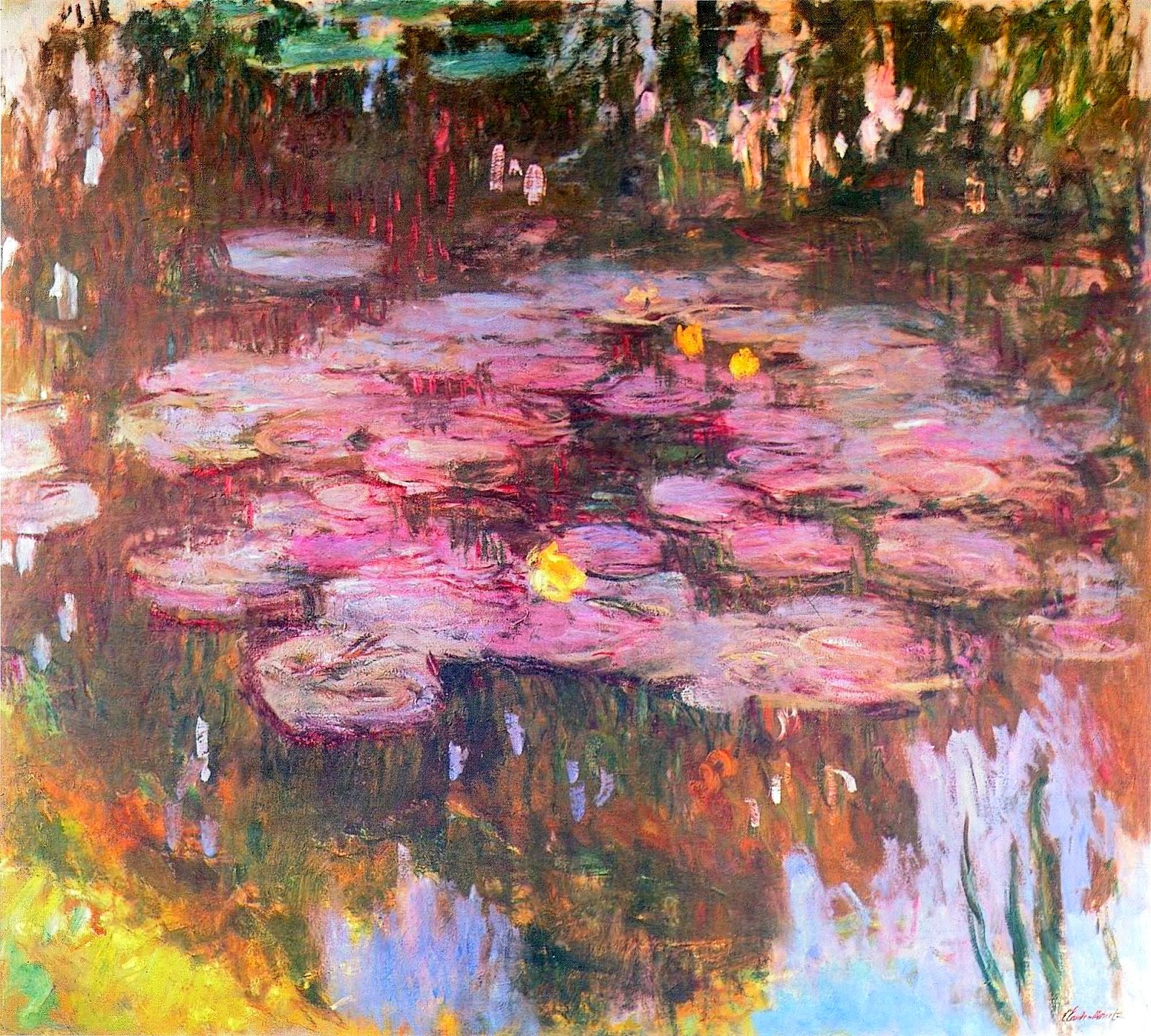
ART & ARTISTS Claude part 24 1897 1922 Water Lilies
Claude Monet Not on display Lavacourt under Snow Claude Monet On display elsewhere Poplars on the Epte Claude Monet On display elsewhere You've viewed 6 of 16 paintings See more add Claude Monet, Water-Lilies, after 1916. Read about this painting, learn the key facts and zoom in to discover more.
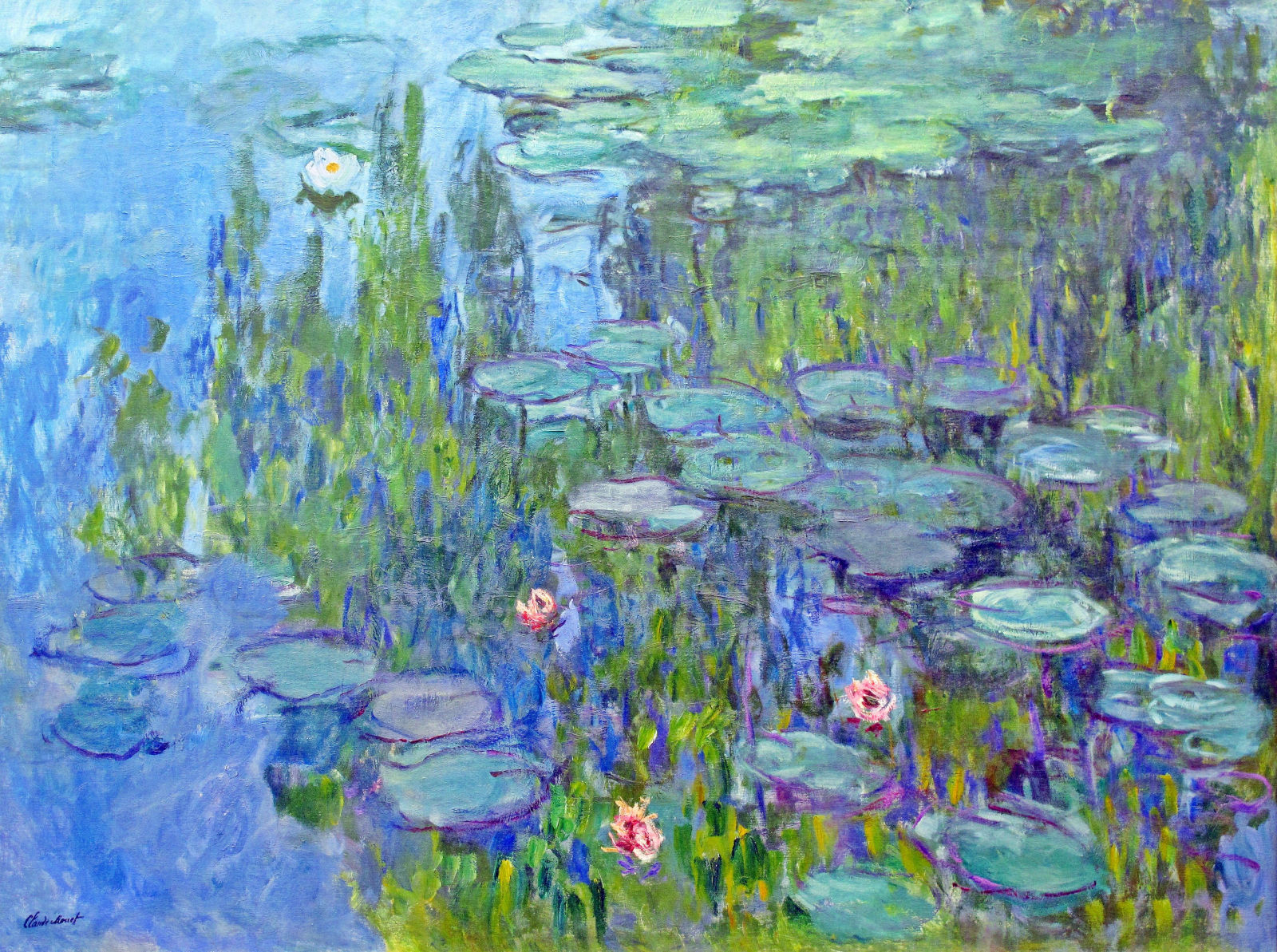
Water Lilies Claude encyclopedia of visual arts
Claude Monet Water Lilies 1914-26 On view MoMA, Floor 5, 515 The David Geffen Wing In the final decades of his life, Monet embarked on a series of monumental compositions depicting the lush lily ponds in his gardens in Giverny, in northwestern France.
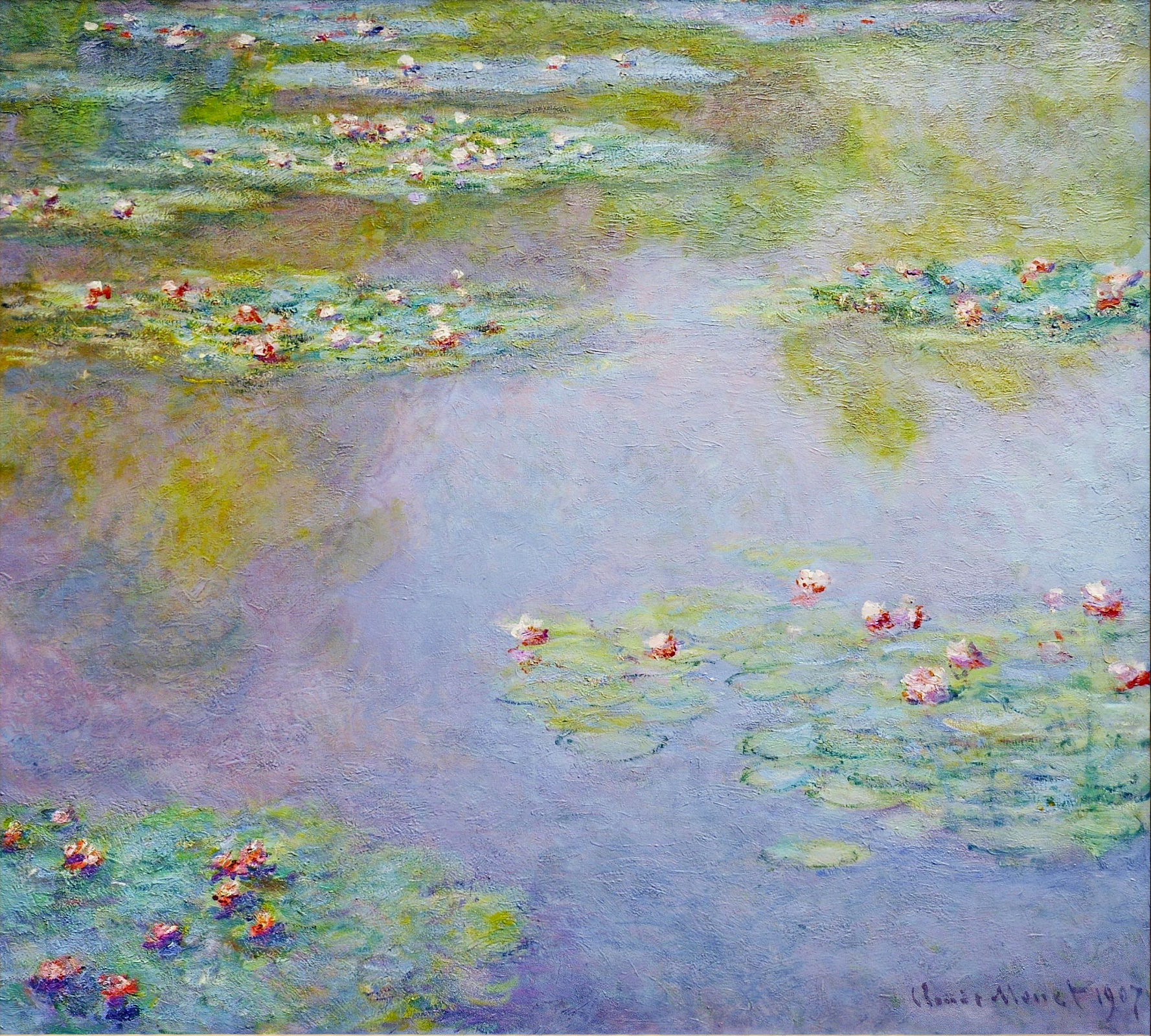
Water Lilies, 1907 Claude
Wikimedia Commons. Claude Monet, Bridge over a Pond of Water Lilies, 1899. Oil on canvas. 36.4 x 29 in. The Met. Monet's first water lily series was executed between 1897 and 1899. This initial round of painting yielded the most traditional results.
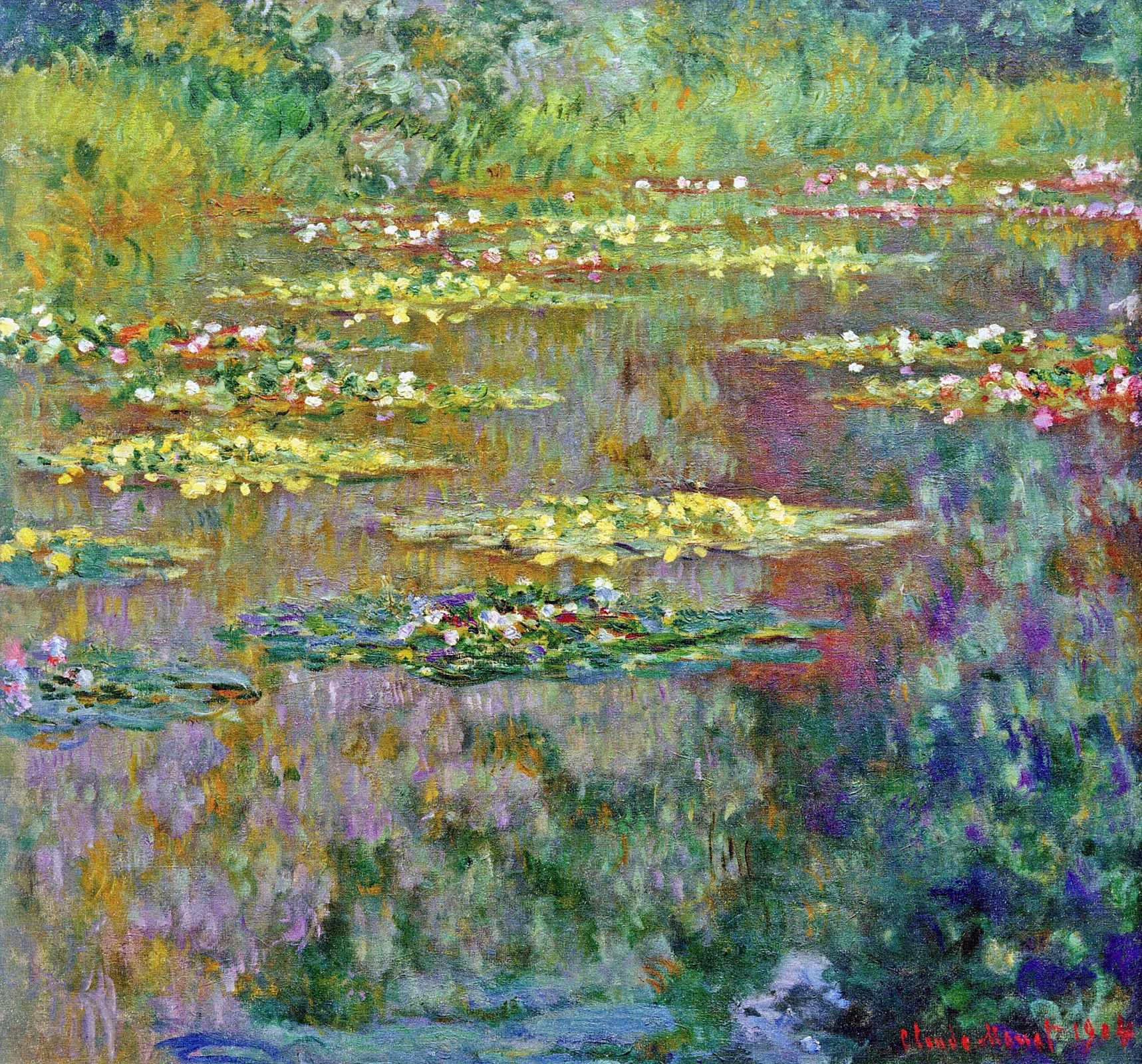
Water Lilies, 1904 Claude
Claude Monet (born November 14, 1840, Paris, France—died December 5, 1926, Giverny) French painter who was the initiator, leader, and unswerving advocate of the Impressionist style. In his mature works, Monet developed his method of producing repeated studies of the same motif in series, changing canvases with the light or as his interest shifted. . These series were frequently exhibited in.
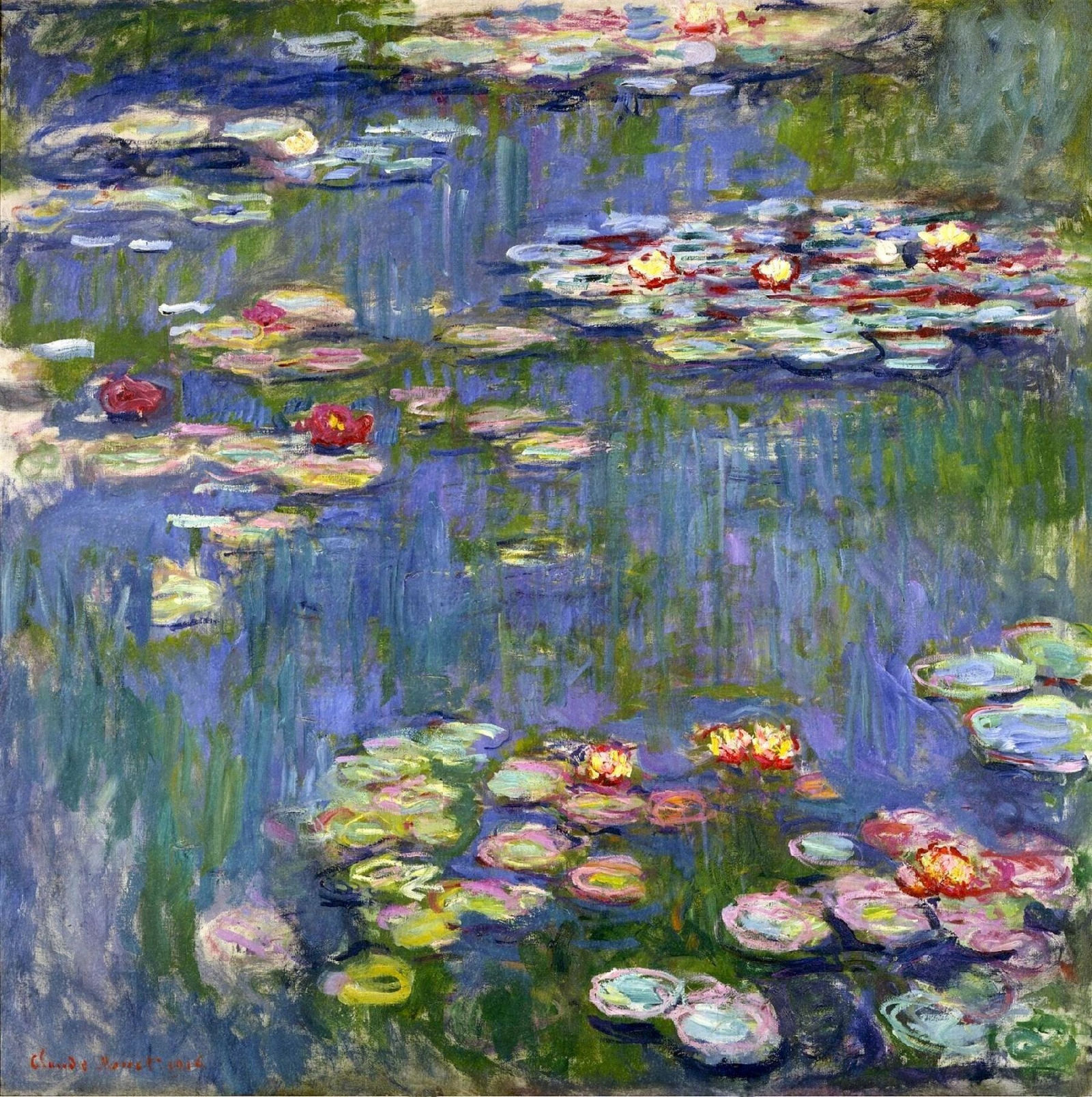
Water Lilies, 1916 Claude
Water Lilies ( French: Nymphéas [nɛ̃.fe.a]) is a series of approximately 250 oil paintings by French Impressionist Claude Monet (1840-1926). The paintings depict his flower garden at his home in Giverny, and were the main focus of his artistic production during the last thirty years of his life.
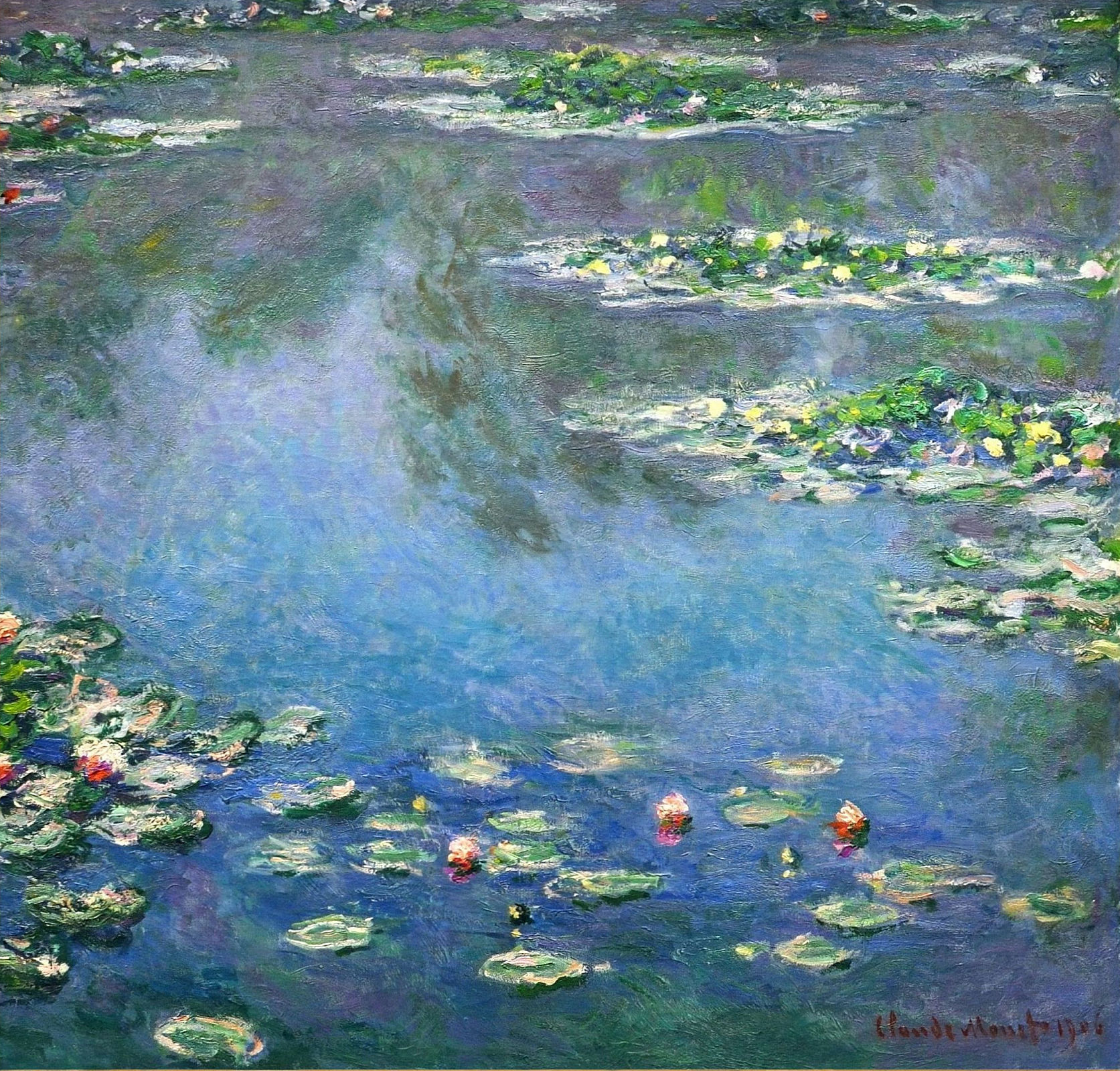
Water Lilies Claude encyclopedia of visual arts
Claude Monet French 1919 On view at The Met Fifth Avenue in Gallery 822 One of Monet's critics described this canvas of 1919 as waterlilies "in full flower assert [ing] themselves. their golden discs encased in purple, against the cloudy waters."

Water Lilies, 1897 1899 Claude
Water Lilies, 1916 by Claude Monet 3) In all of the "Water Lilies" paintings, Monet focuses on the surface of the water. He dispenses with any representation of the land or sky, only showing their reflection in the water. These paintings are typical with willows present only as a reflection.
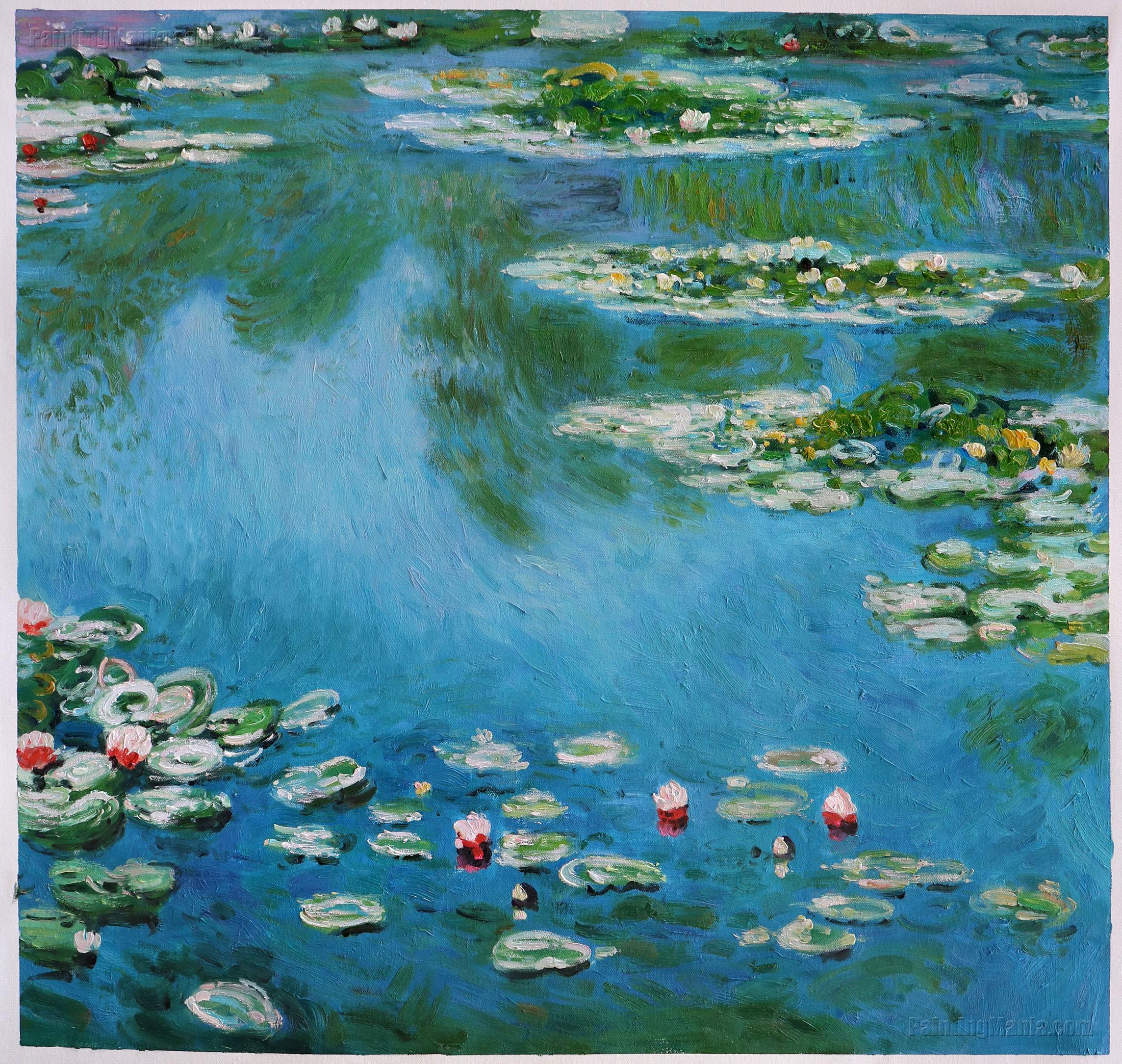
Water Lilies 1906 Claude Paintings
Water Lilies, or Nympheas, is a topic of painting that has become possibly the best known from all of Monet's career, even ahead of his Haystacks series, portraits of Madame Monet and his series of cityscapes around London. The qualities of this series was the natural beauty of the topic in combination with Claude Monet's skills in lighting and.
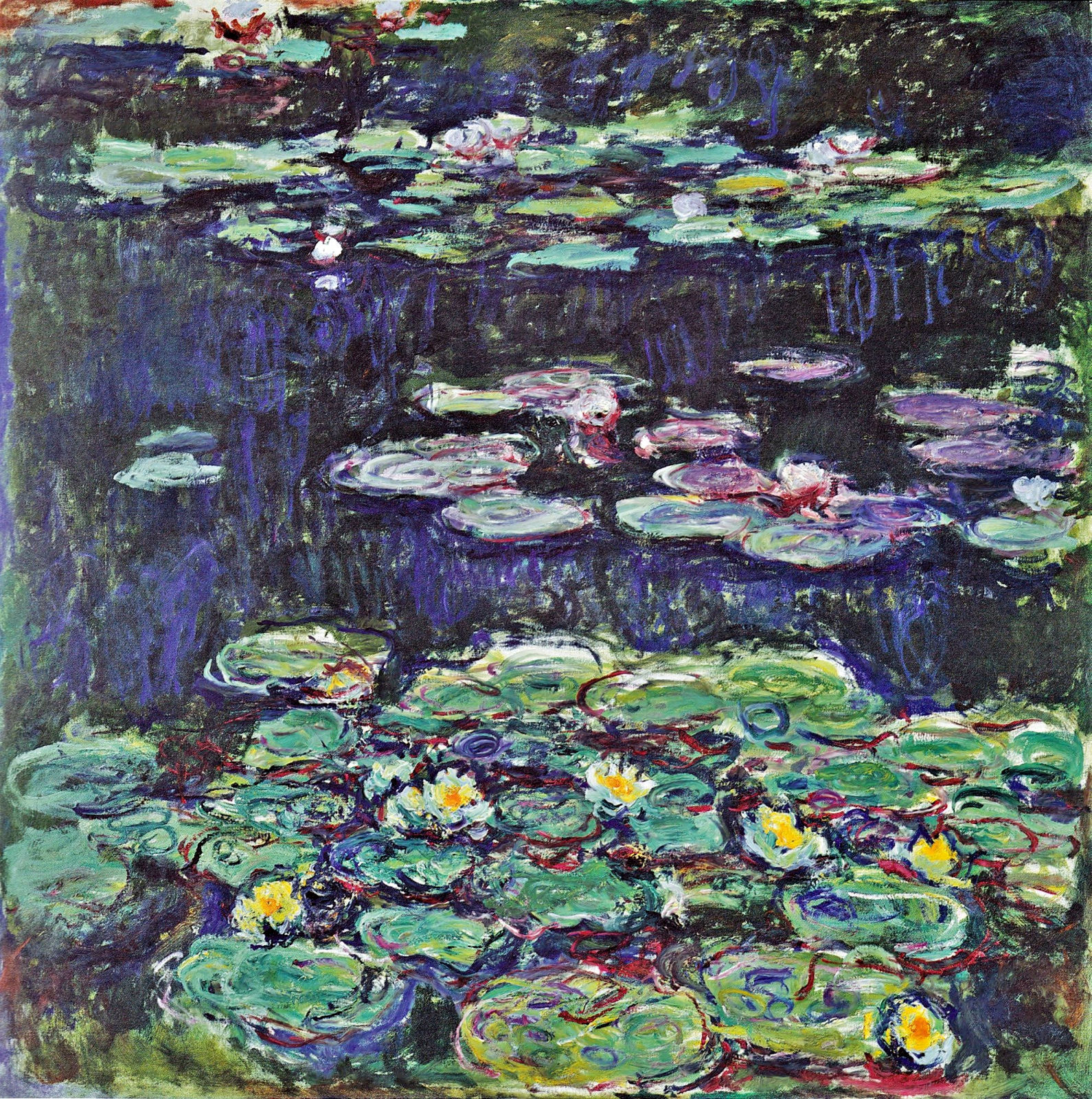
Water Lilies, 1914 Claude
Water Lilies Claude Monet French 1916-19 On view at The Met Fifth Avenue in Gallery 819 As part of his extensive gardening plans at Giverny, Monet had a pond dug and planted with lilies in 1893. From 1899 on, he repeatedly turned to the subject, attempting to capture every observation, impression, and reflection of the flowers and water.
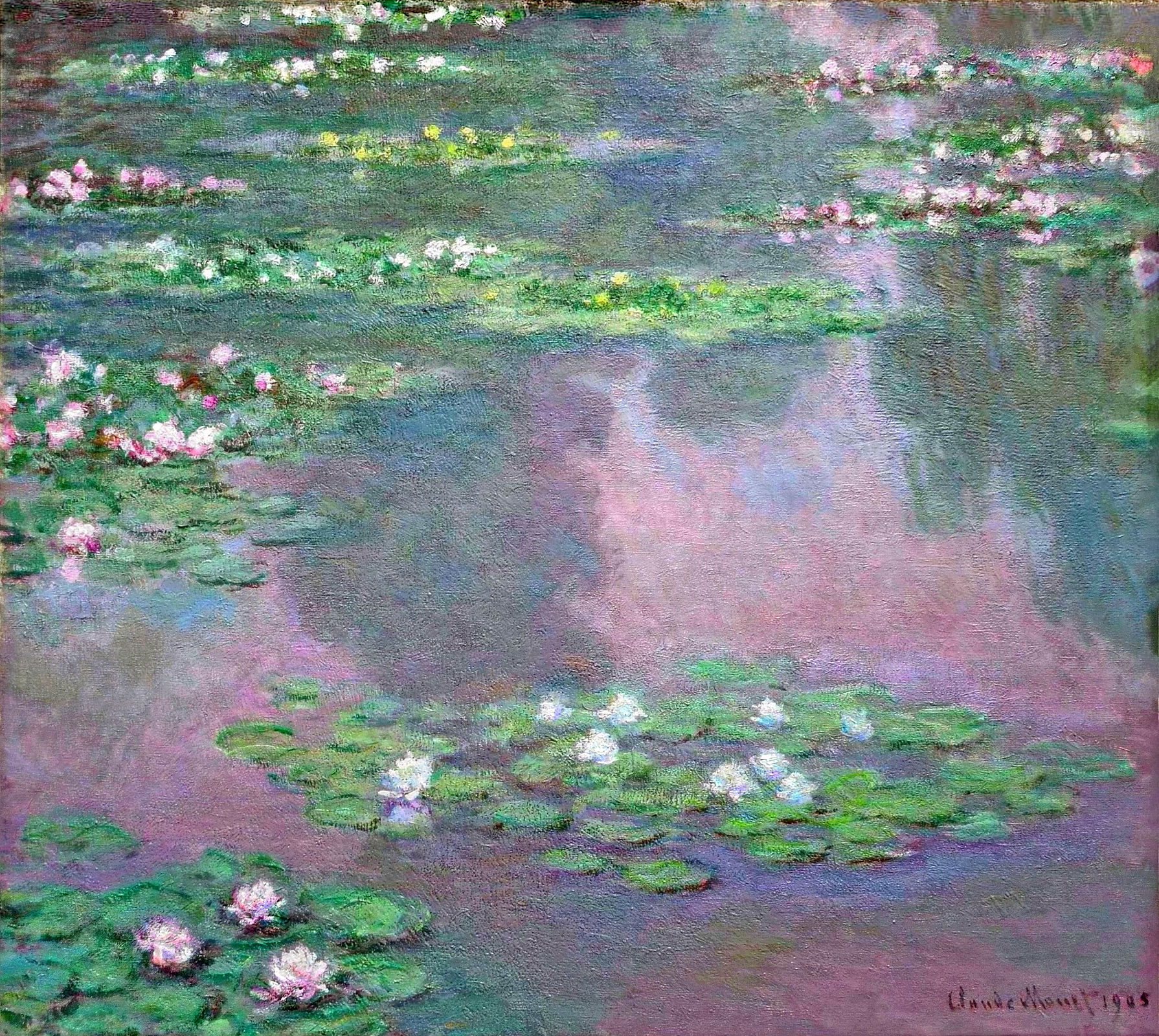
Water Lilies Claude encyclopedia of visual arts
Water Lilies, 1906 Claude Monet. Mr. and Mrs. Martin A. Ryerson Collection Monet took full advantage of the growth of the artist's palette, using newly available pigments to stunning effect in works such as the Art Institute's Water Lilies, completed in 1906.
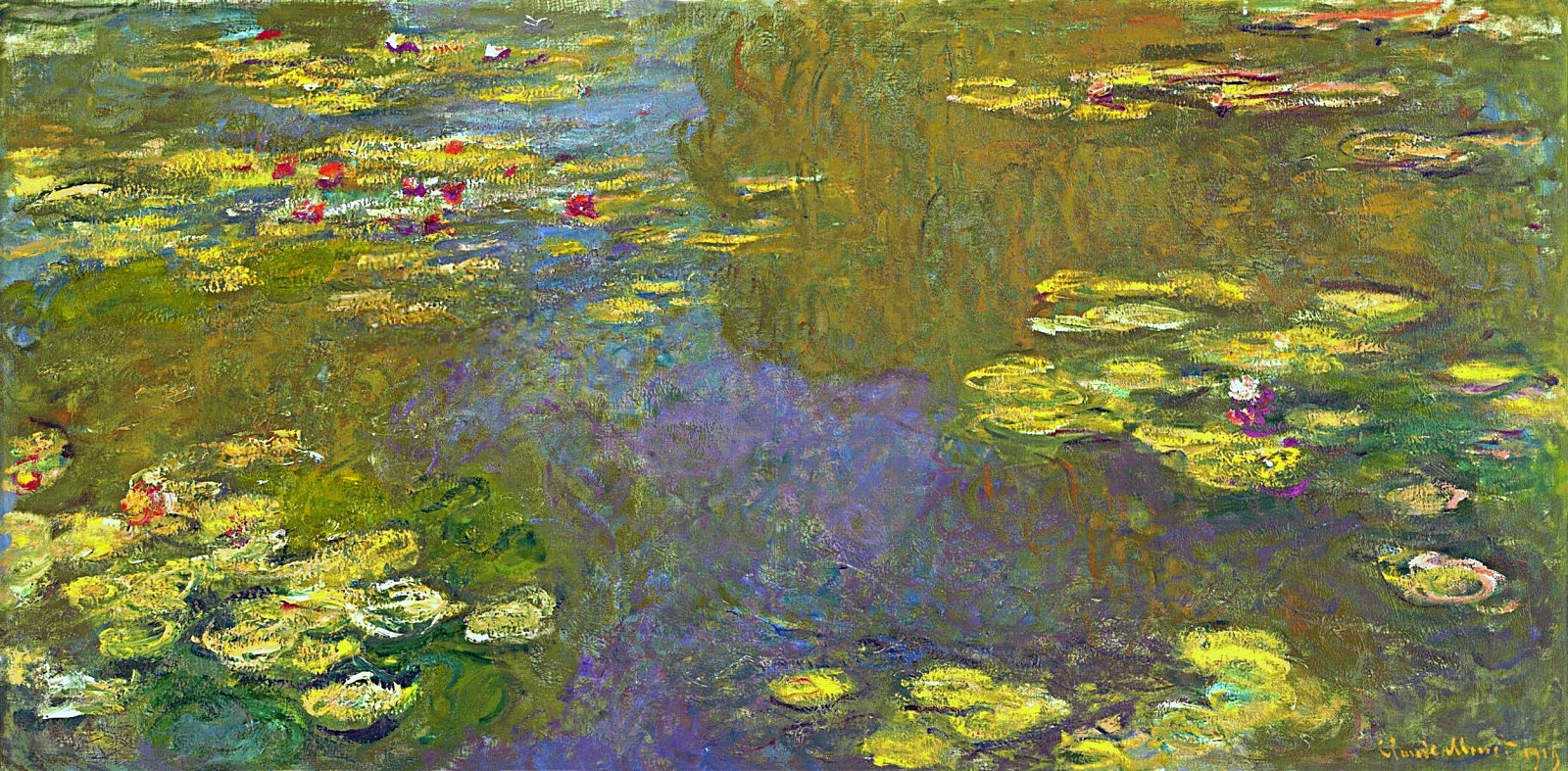
Water Lilies, 1919 Claude
Claude Monet French, 1840-1926 "One instant, one aspect of nature contains it all," said Claude Monet, referring to his late masterpieces, the water landscapes that he produced at his home in Giverny between 1897 and his death in 1926.
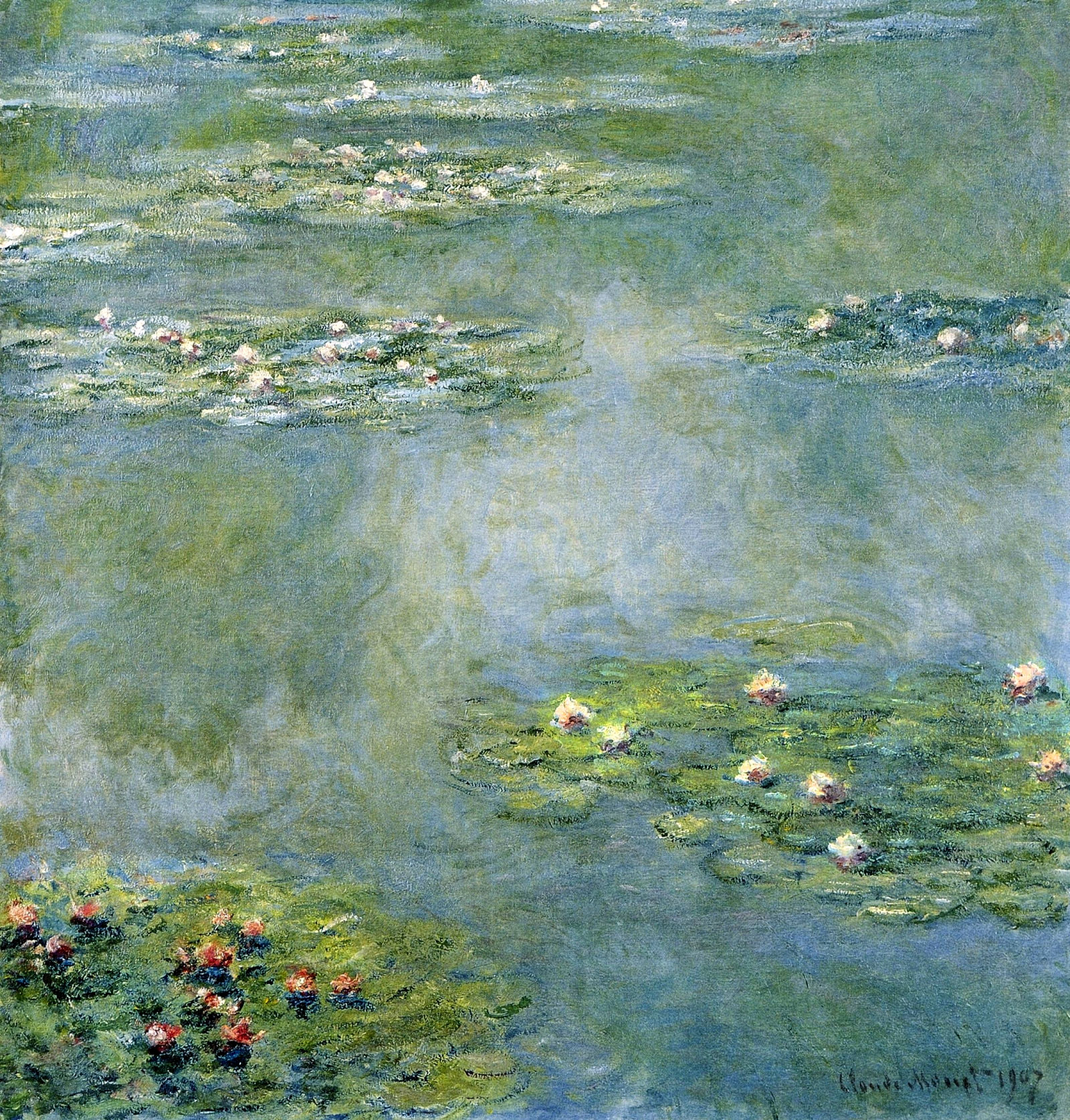
Water Lilies, 1907 Claude
Claude Monet French 1899 On view at The Met Fifth Avenue in Gallery 819 In 1893, Monet, a passionate horticulturist, purchased land with a pond near his property in Giverny, intending to build something "for the pleasure of the eye and also for motifs to paint." The result was his water-lily garden.

White waterlilies, 1899 Painting by Claude Fine Art America
The Water Lilies by Claude Monet History of the Water Lilies cycle Offered to the French State by the painter Claude Monet on the day that followed the Armistice of November 11, 1918 as a symbol for peace, the Water Lilies are installed according to plan at the Orangerie Museum in 1927, a few months after his death.